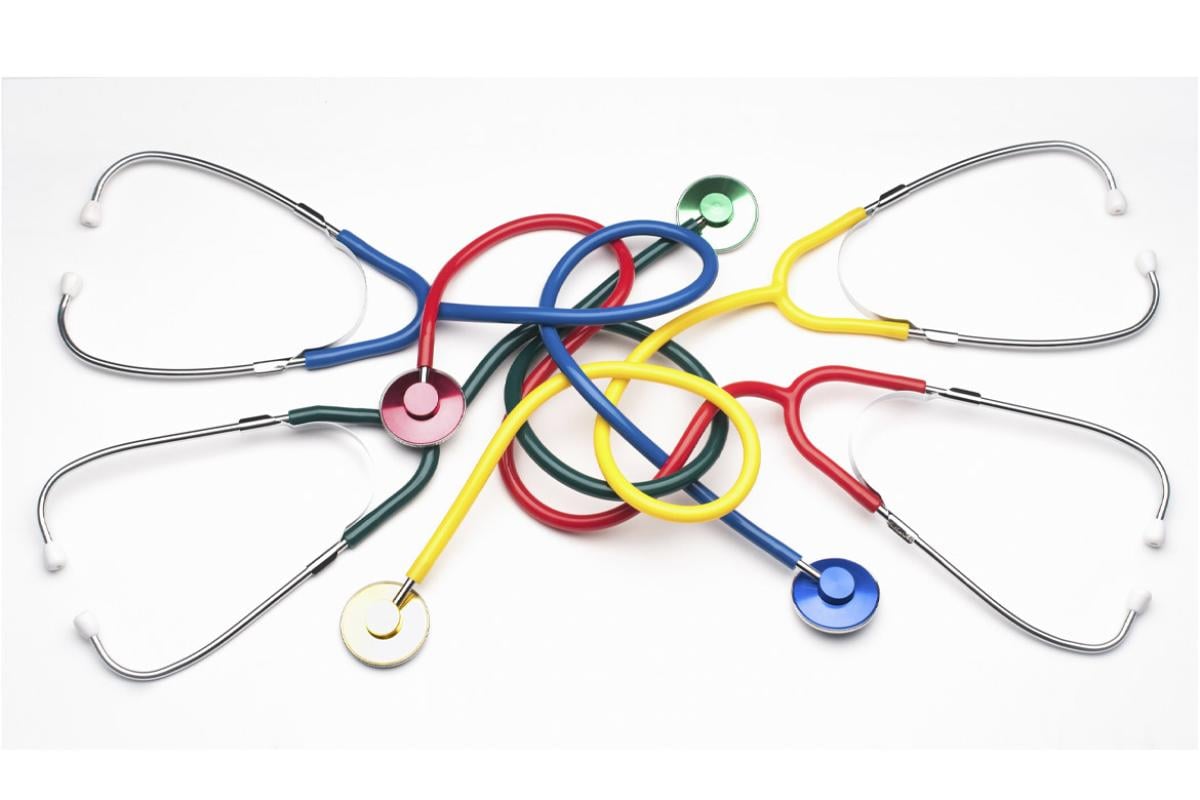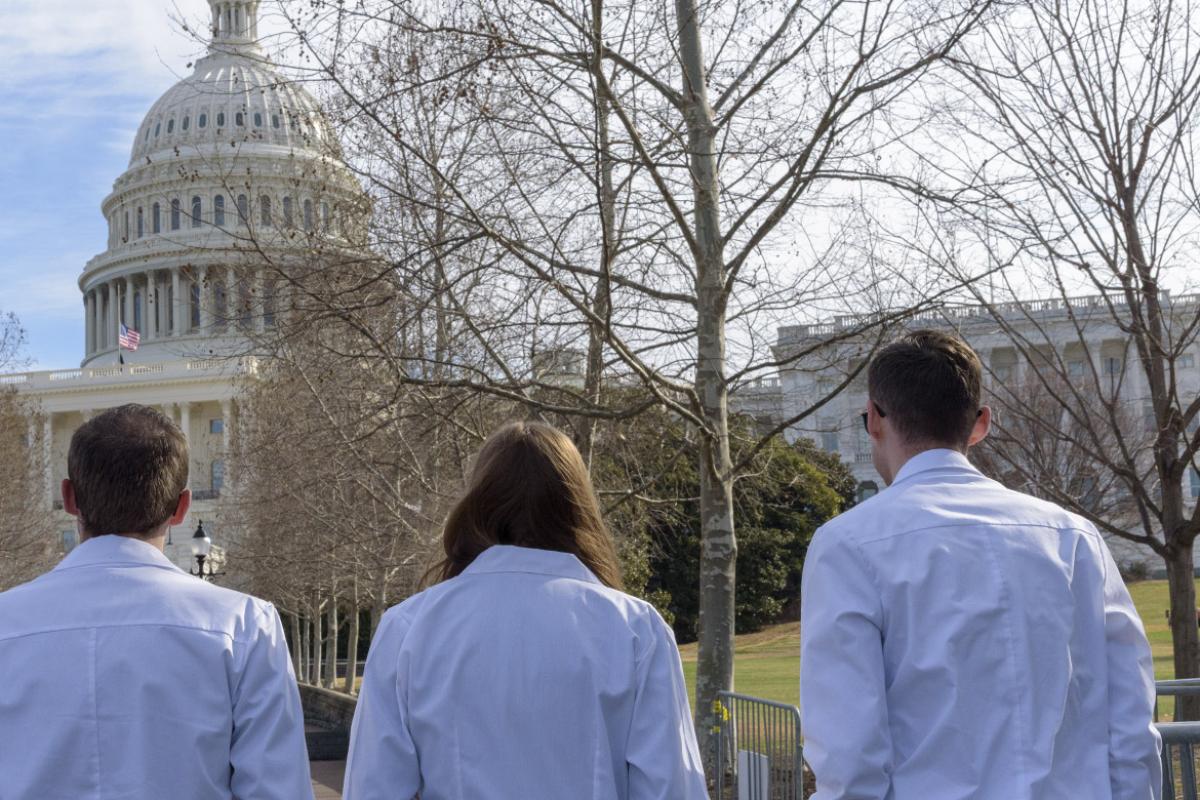For 3rd-year medical students, the post-holiday period is a time for thinking about getting away—or, more specifically, researching and applying for an away rotation.
Away rotations—those in which a 3rd-year medical student does a clerkship at an institution other than one affiliated with their medical school—have long been considered auditions for potential residency slots.
“The end goal is to have a job at the end of medical school, and—with respect to the importance of away rotations—it depends in part on the specialty itself,” according to Mark Meyer, MD, senior associate dean for student affairs at the University of Kansas Medical Center.
“Generally speaking, surgical subspecialties place greater emphasis on away rotations than, say, do some or most primary care specialties,” Dr. Meyer said during a recent episode of “AMA Update.”
“For the competitive specialties, such as the surgical subspecialties, as well as, say, dermatology, away rotations are considered almost an essential component in the overall application strategy as programs place great value in these experiences in terms of gauging student interest, assessing their abilities and overall compatibility with the program,” he explained.
When aways become a must
If a student’s home institution doesn’t offer a residency program in their chosen field, then an away rotation becomes mandatory, which can be the case if a student is interested in specialties such as ophthalmology, urology or otolaryngology, Dr. Meyer said.
Most students view an away rotation as a monthlong audition with the program, he said, and key benefits of such an audition include:
- Potentially increasing the likelihood of matching with the program or within the specialty itself.
- Being able to obtain letters of recommendations from away-rotation faculty, which, he said, “are essential in the overall application portfolio.”
- Gaining additional experience in a specialty outside of their home institution.
- Allowing students to gauge their own interest in that program.
Rotations offer 2-way assessment
Away rotations are a two-way process in which programs assess students and students assess programs, with both parties gaining a broader and deeper understanding of one another, Dr. Meyer noted.
“From the student's perspective, away rotations provide an extended opportunity for them to demonstrate not only their knowledge, skills and abilities, but also their work ethic, communication and team-based skills, and overall professional attributes,” he said.
Away rotations are also important because, even with the changing landscape brought on by the COVID-19 pandemic, medicine is “a social, interactive profession,” Dr. Meyer said, adding that virtual engagement cannot match in-person engagement in terms of fulling assessing other individuals and programs.
“Away rotations provide another data point or source for programs to consider and likewise for students to distinguish themselves,” he said.
Finding the right program
Because away rotations are so important, Dr. Meyer recommended getting an early start on researching which programs may offer the best fit for a student’s needs.
To get started on a search, he suggested using FREIDA™, the AMA Residency & Fellowship Database®, which offers more than 35 filters to sort programs by location, program type, application information, demographics, benefits, special tracks and more. He also recommended the Visiting Student Learning Opportunity site and Residency Explorer tool offered by the Association of American Medical Colleges.
“These are important decisions, and so a proper amount of investment and investigation should occur,” Dr. Meyer said. “Students should initiate this exploration well in advance.”
“AMA Update” is your source for physician-focused news. Hear from physicians and other experts on trending public health concerns, practice issues and more—because who’s doing the talking matters. Catch every episode by subscribing to the AMA’s YouTube channel or listen to all AMA podcasts at ama-assn.org/podcasts.




